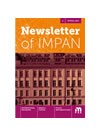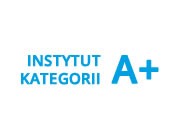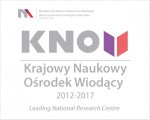Attainable numbers and the Lagrange spectrum
Tom 179 / 2017
Streszczenie
For any real number $\alpha$ define the Lagrange constant $\mu(\alpha)$ by $$ \mu^{-1}(\alpha)=\liminf_{p\in\mathbb{Z},\, q\in\mathbb{N}} |q(q\alpha-p)|. $$ The set $\mathbb{L}$ of all values taken by $\mu(\alpha)$ as $\alpha$ varies is called the Lagrange spectrum. An irrational $\alpha$ is called attainable if the inequality $$ \biggl|\alpha -\frac{p}{q}\biggr|\le\frac{1}{\mu(\alpha)q^2} $$ holds for infinitely many integers $p$ and $q$. In a 1977 survey paper Malyshev claimed that for any $\lambda\in\mathbb{L}$ there existed an irrational $\alpha$ such that $\mu(\alpha)=\lambda$ and $\alpha$ was attainable. We show that this statement is incorrect and construct a counterexample. The counterexample is the left endpoint of a certain gap in the Lagrange spectrum. On the other hand, we prove that if $\lambda$ is not the left endpoint of any gap in the Lagrange spectrum then there exists an attainable $\alpha$ with $\mu(\alpha)=\lambda$.
In addition, we give a correct proof of a theorem announced by Dietz (1985) which describes the structure of left endpoints of gaps in the Lagrange spectrum.









